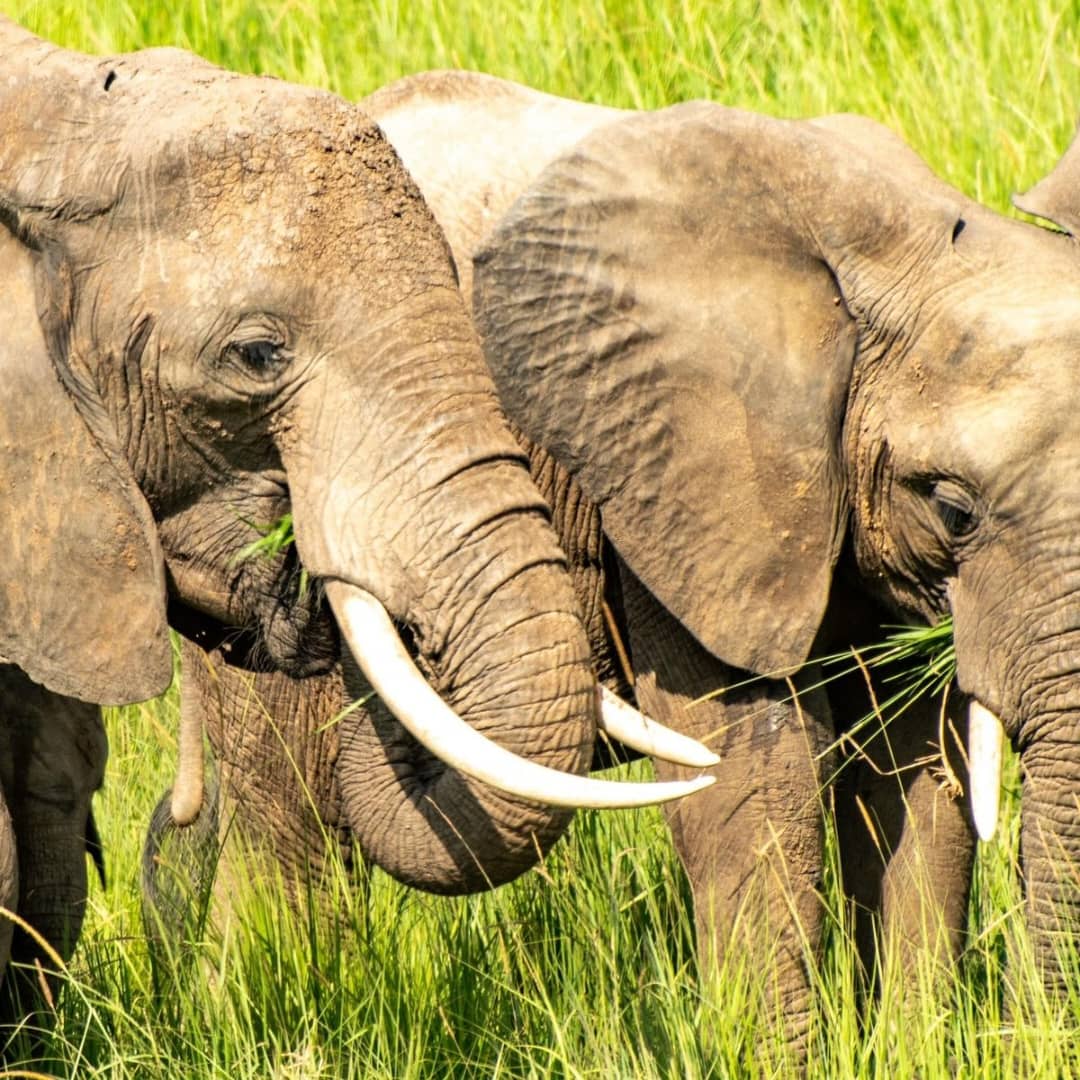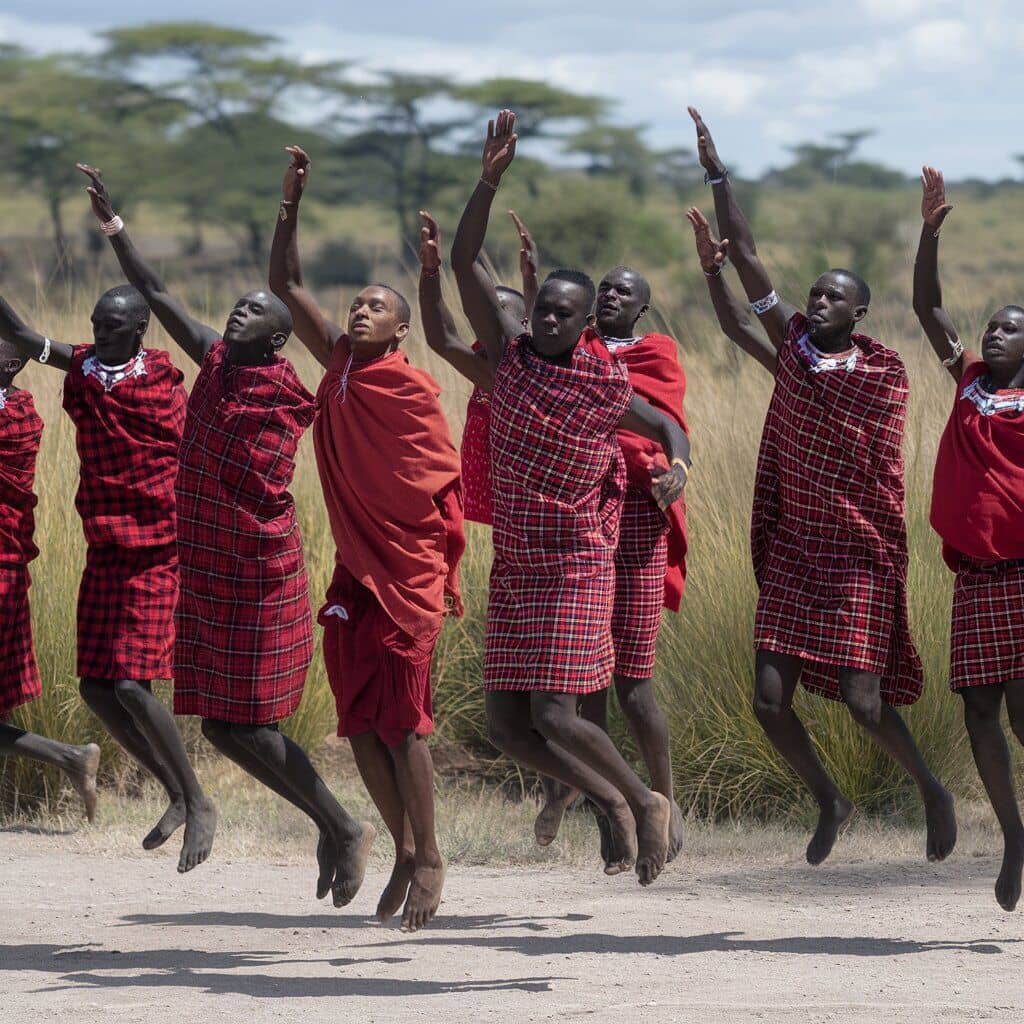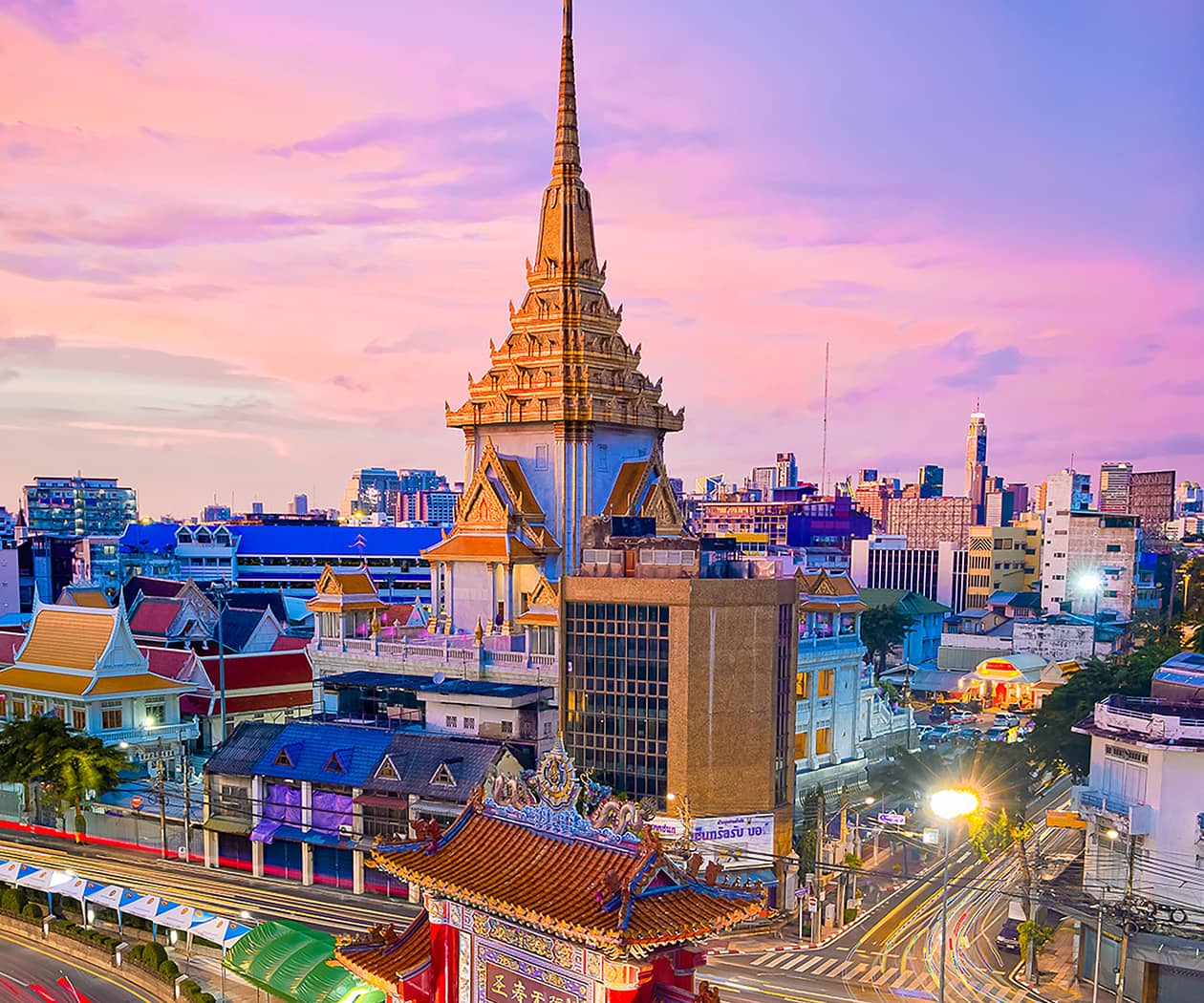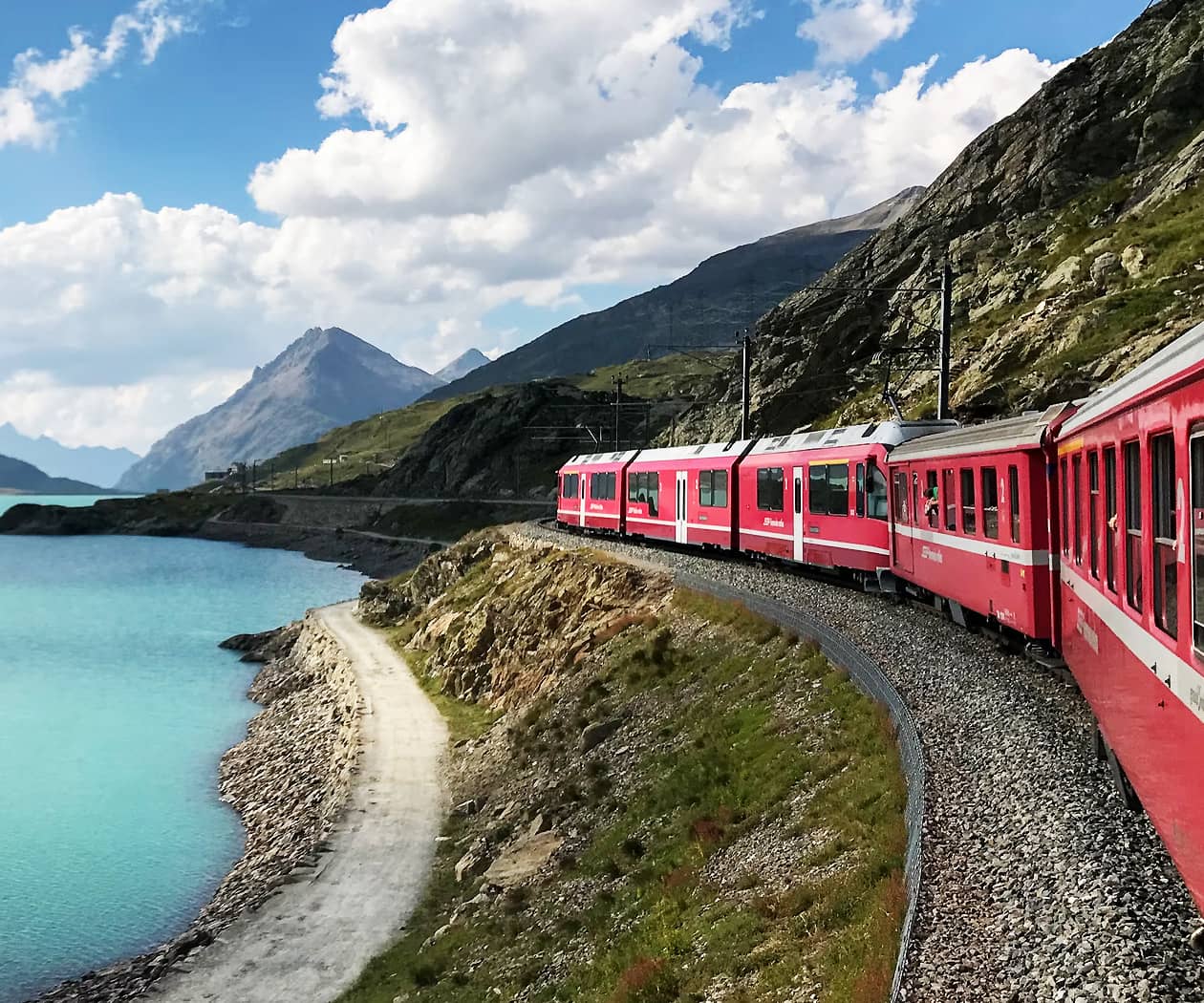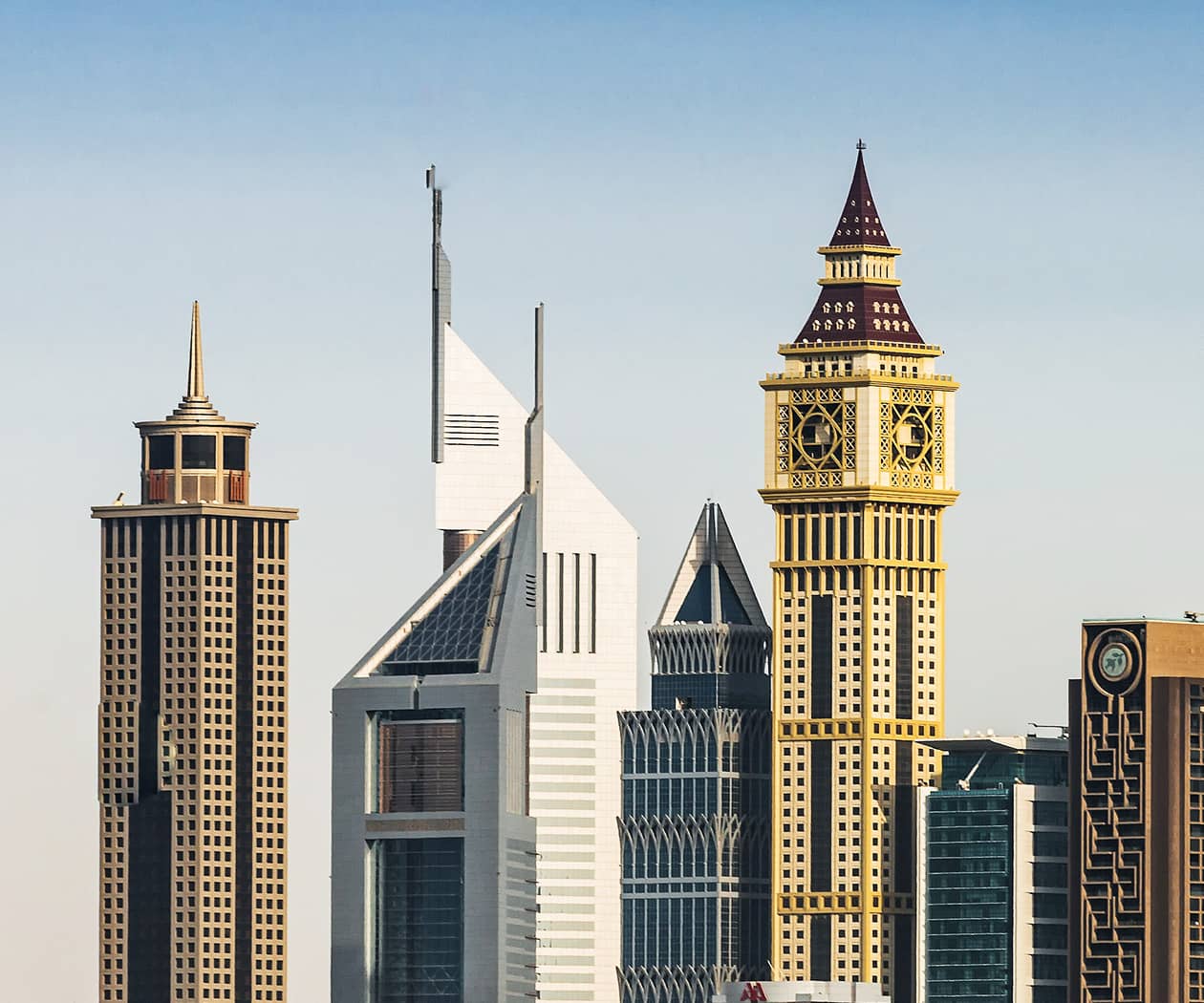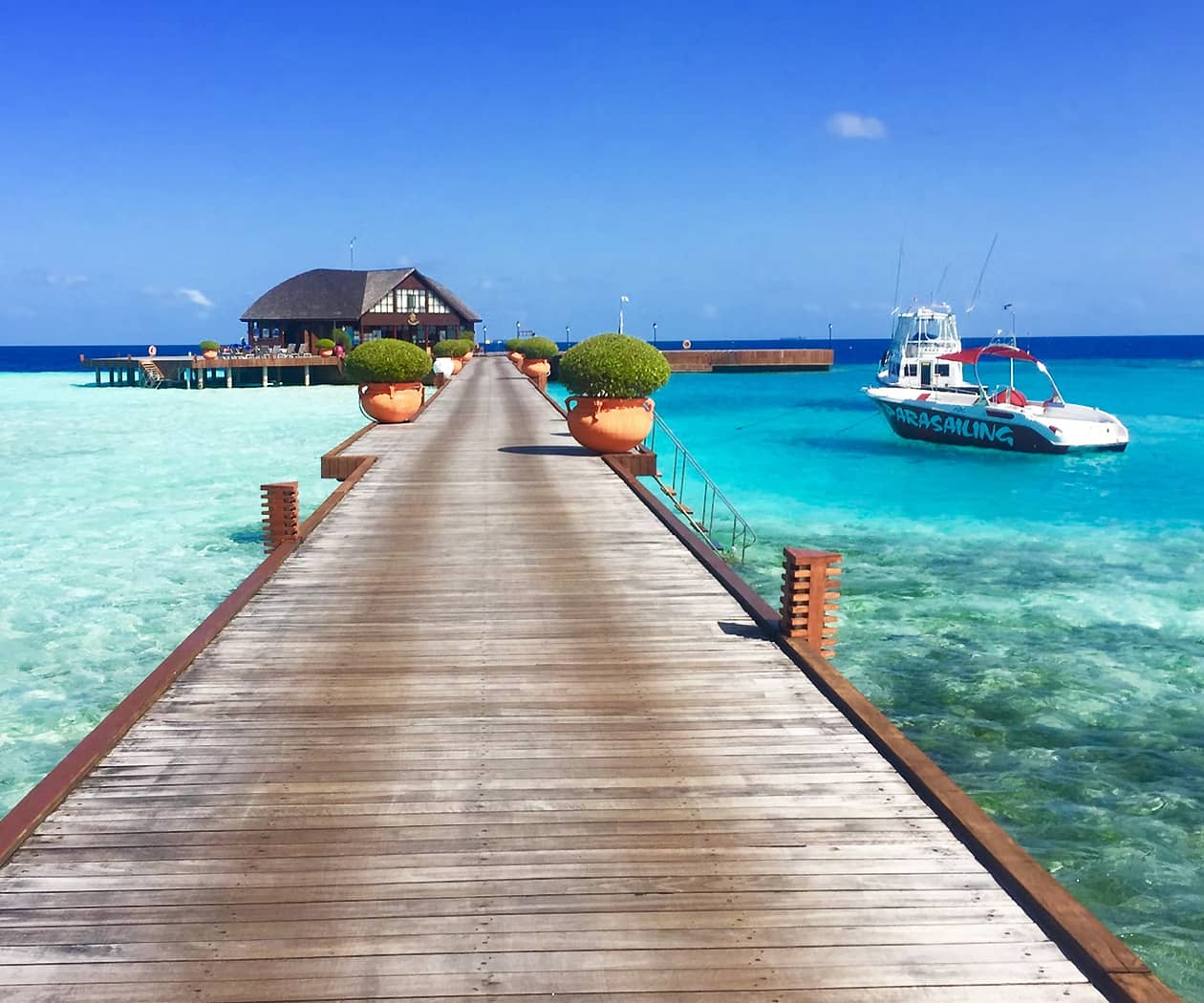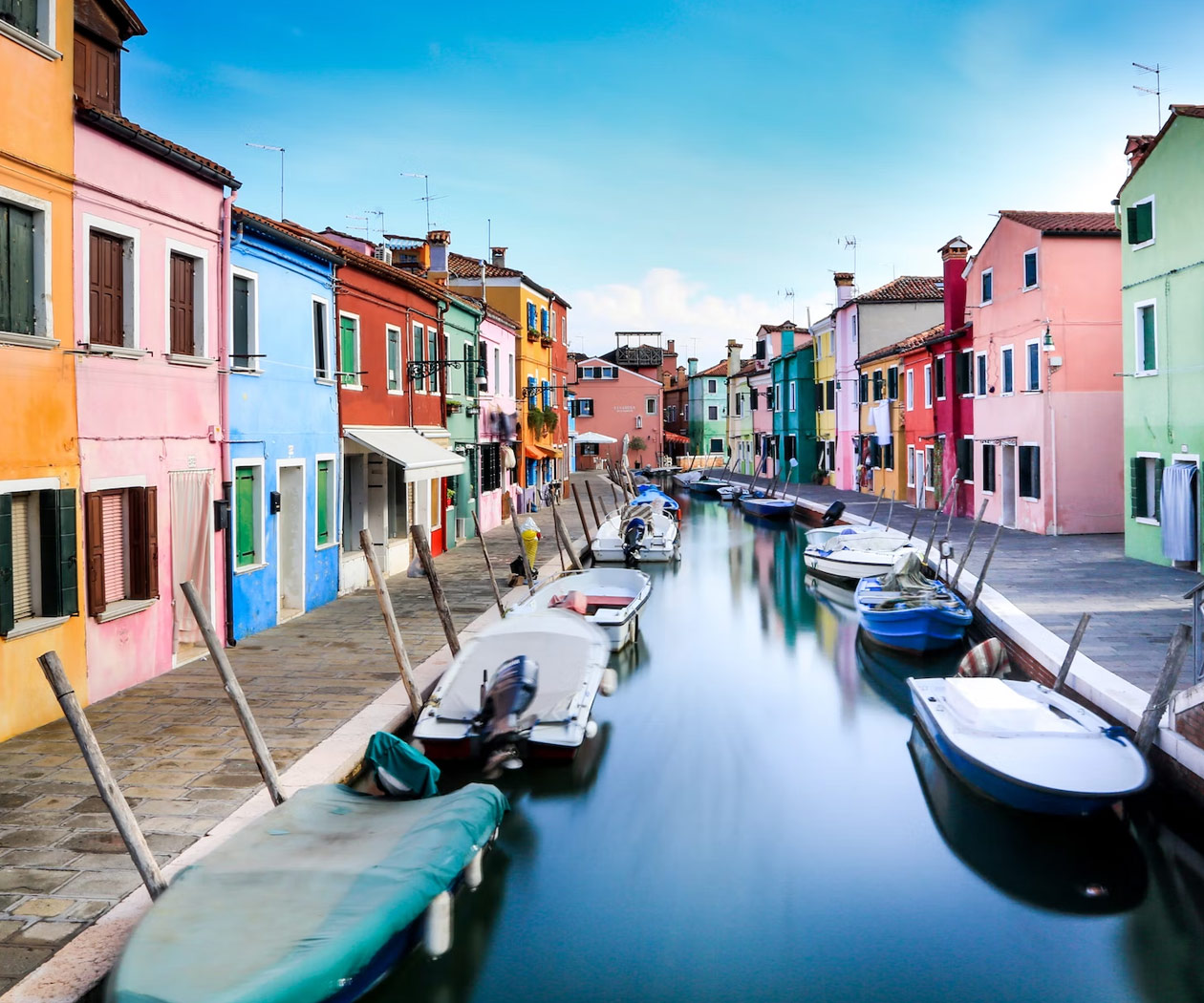Best Time to Go to Uganda to See Gorillas
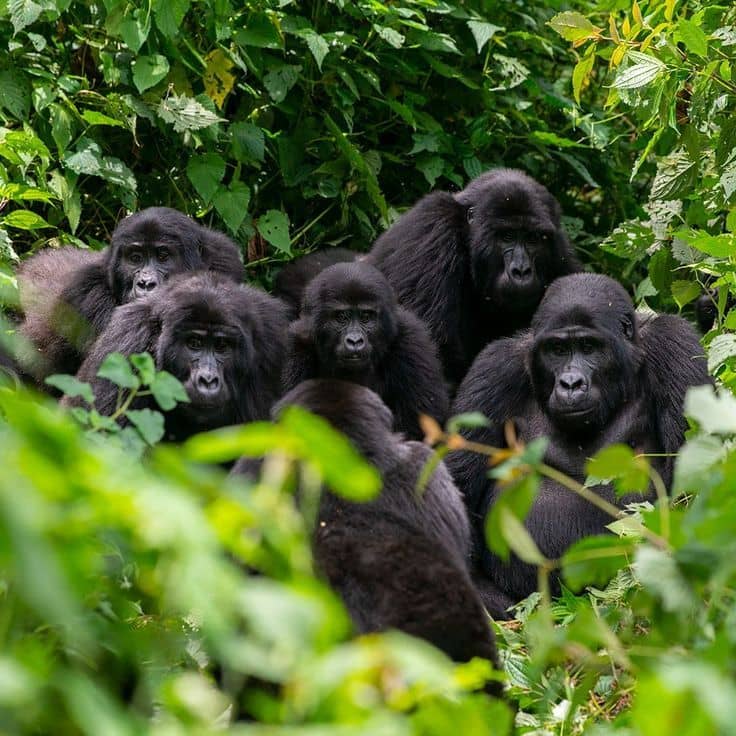
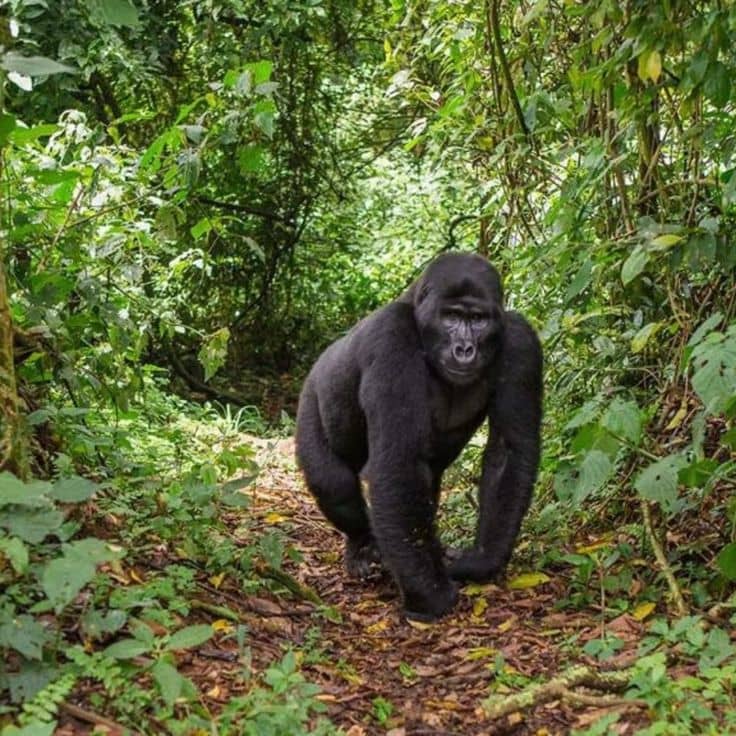
Uganda, Uganda hosts nearly half of the world’s mountain gorillas. This makes it one of Earth’s most incredible primate destinations. Nestled deep within the misty forests of Bwindi Impenetrable National Park and Mgahinga Gorilla National Park, these gentle giants draw thousands of visitors every year for what many describe as a life-changing adventure. But one question remains essential for anyone planning a gorilla trek: When is the best time to go to Uganda to see gorillas? This comprehensive guide explores everything you need to know, from ideal seasons and climate conditions to permit strategies, crowd levels, and expert tips, to help you plan the perfect trek.
Why Timing Matters for Gorilla Trekking in Uganda
While gorilla trekking is a year-round activity in Uganda, the timing of your visit can significantly impact the quality of your experience. The season you choose affects more than just weather, it plays a crucial role in the ease of trekking, how visible and active the gorillas are, the availability and cost of trekking permits, and the number of fellow tourists on the trail. These variables are especially important in Uganda’s mountainous and often unpredictable terrain. Carefully considering when to travel can help you choose a time that suits your fitness level, budget, travel preferences, and wildlife interests.
Uganda’s Climate: Breaking Down the Seasons
Uganda is blessed with a tropical equatorial climate, characterized by two main dry seasons and two rainy seasons each year. The mountain gorilla habitats, located in Bwindi and Mgahinga parks, lie at elevations ranging from 1,500 to 2,500 meters, resulting in cool, moist conditions that can differ from the rest of the country. The high-altitude forests create microclimates where weather can change rapidly. Understanding how these seasons influence your trek is key to planning a smooth and enjoyable adventure.
Peak Dry Seasons: Best Trekking Conditions
The two dry seasons in Uganda, June to August and December to February, are widely regarded as the best times for gorilla trekking. During these months, rainfall is minimal, which means the trails are drier and easier to navigate. This makes treks less strenuous and reduces the chances of slipping on muddy terrain. Additionally, gorillas are more likely to forage at lower altitudes where food and water are more accessible, decreasing trekking time and effort.
These periods also provide clearer skies, making them ideal for photography. Daytime temperatures range between 18–27°C (64–81°F), offering comfortable conditions for hiking. However, the popularity of these months means higher demand for permits and increased prices for both accommodation and tours. If you’re planning to visit during the peak dry season, it’s wise to book your gorilla trekking permits at least 6 to 9 months in advance.
Wet Seasons: Challenging Treks, Rewarding Views
Uganda experiences two wet seasons, the long rains from March to May and the short rains from September to November. While these months bring heavy and often unpredictable downpours, they also offer unique advantages for intrepid travelers. Gorilla trekking during the wet season tends to be more challenging due to slippery and muddy trails, with some treks lasting up to 8 hours as gorillas may move to higher elevations.
Rainy seasons offer unique advantages. Permit discounts reach 30-50%. Lush greenery creates perfect photo backdrops. Fewer tourists mean more intimate encounters. Birdwatching conditions become excellent during these months
Month-by-Month Breakdown: When to Visit
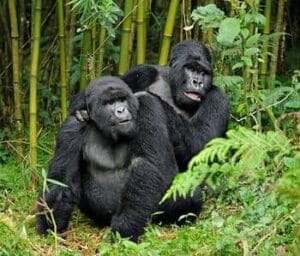
January–February: This short dry season provides excellent trekking conditions, minimal rainfall, and frequent sightings of newborn gorillas. However, mornings can be cold and misty, so packing layers is essential.
March–May: Expect heavy rains and muddy trails, but also the lowest prices for permits and accommodations. The forests are at their most vibrant, ideal for nature photography and adventurous souls.
June–August: These are the most popular months for gorilla trekking, offering dry trails, easier hikes, and excellent opportunities to combine your trek with wildlife safaris. However, they’re also the most crowded and expensive, requiring early bookings.
September–October: A transitional period with lighter rainfall, this time strikes a good balance between trekking conditions and pricing. It’s also a fantastic time for birdwatchers as migratory birds begin arriving.
November–December: November can be quite wet, but as the country shifts toward the dry season in December, trekking conditions improve. The festive atmosphere in December also adds a cultural flair to your adventure.
Gorilla Behavior Across the Seasons
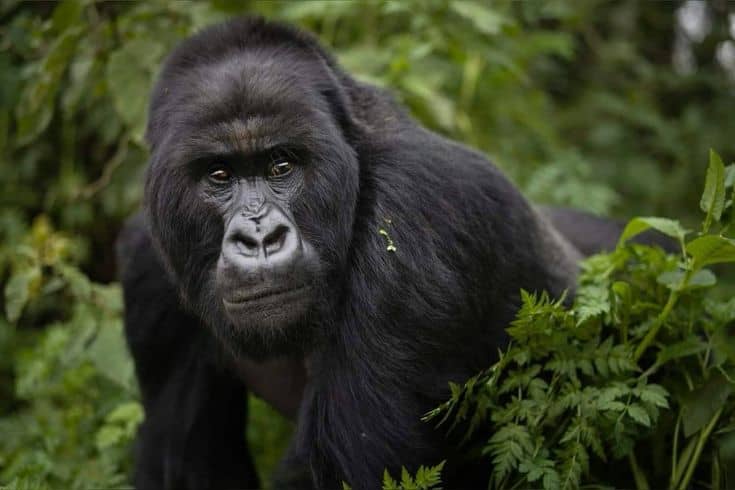
Mountain gorillas adapt their behavior based on seasonal changes. During the dry seasons, they tend to move to lower elevations in search of tender vegetation and accessible water sources. This makes it easier for trekkers to locate them within a shorter time frame. In contrast, during the wet seasons, food is more abundant higher up the mountains, causing gorillas to roam further and making the trek more physically demanding.
Permit Strategies: When and How to Book
Uganda Wildlife Authority limits daily gorilla permits to just 160 across Bwindi and Mgahinga. These permits sell out quickly during the high season, so planning ahead is crucial. If you’re traveling between June and August, aim to book 6 to 9 months in advance. For the December to February window, booking 4 to 6 months ahead is often sufficient. In the low season, you may still find availability 1 to 2 months prior, making last-minute trips feasible.
A smart strategy for shoulder or rainy seasons is to combine your gorilla trek with golden monkey tracking in Mgahinga, which offers another enriching primate experience with more permit flexibility.
What to Pack for Gorilla Trekking in Each Season
Dry Season Essentials
- Lightweight, breathable clothing
- Sturdy hiking boots
- Sun protection (hat, sunscreen)
- Binoculars and camera gear
Wet Season Must-Haves
- Waterproof hiking boots with grip
- Quick-dry clothing layers
- Heavy-duty rain jacket
- Waterproof backpack cover
- Trekking poles for muddy trails
Read our blog about what to pack for a Uganda safari.
Combining Gorilla Trekking with Other Ugandan Adventure
Your gorilla trek can be part of a broader Ugandan safari itinerary. For example,Queen Elizabeth National Park andMurchison Falls National Park offer exceptional wildlife experiences and are best visited during the dry seasons. If you’re keen on primates, chimpanzee tracking in Kibale Forestis possible year-round. For birdwatchers, the November to April period is excellent, as Uganda welcomes migratory birds from Europe and Asia. Cultural interactions, such as visiting the Batwa pygmy communities, can be arranged at any time of year and provide deeper insight into the region’s heritage.
Expert Tips for the Best Gorilla Trekking Experience

Before embarking on your trek, consider spending a night at a lodge near Bwindi or Mgahinga to acclimatize to the altitude, which can help prevent fatigue during the trek. Hiring a porter (usually around $20) is highly recommended, they can carry your backpack and assist you on difficult sections of the trail, making your journey more comfortable and supporting the local economy.
Most treks begin early in the morning, as gorillas are most active then. Be prepared for sudden weather changes and physically demanding hikes, even if the trek is relatively short. Remember, your proximity to the gorillas is limited to maintain their safety, keep at least 7 meters away and refrain from using flash photography. Respect the rules set by your guides and rangers, who are trained to ensure both your safety and the well-being of the gorillas.
Conclusion: When Should You Visit Uganda to See Gorillas?
Choosing the best time to visit Uganda for gorilla trekking depends on what you value most. If you’re seeking ideal trekking conditions and the best visibility, plan your trip for June to August or January to February. For those on a tighter budget, the wet months of April, May, and November offer significant savings on permits and accommodations, along with lush forest scenery. Photographers may prefer the dramatic lighting and rich greenery of May or the clear skies of June, while travelers looking for quiet, uncrowded trails may find the sweet spot in September and October.

